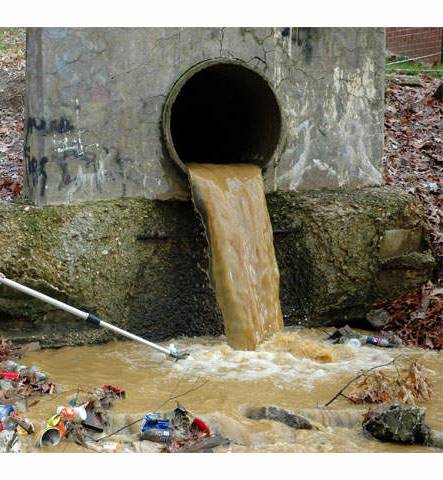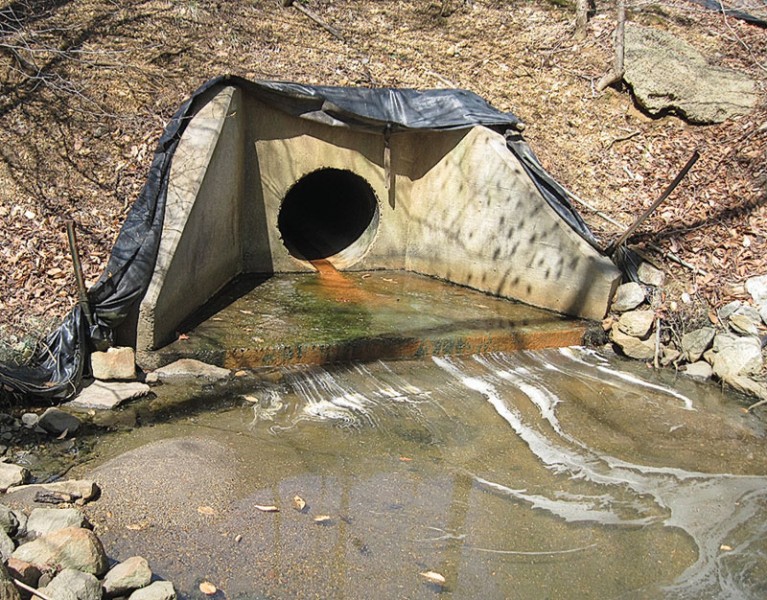IDEP Background and Program Details





ICDC Office
Phone: (517) 676-8395
Fax: (517) 676-8364
707 Buhl Avenue
Mason, MI 48854-0220
What is an Illicit Discharge?
An illicit discharge into a municipal separate storm sewer system (MS4) can be described as a discharge that contains substances that are potentially hazardous to human and environmental health. Examples of illicit discharges include the illicit connection of a sanitary sewer from residences, businesses and other entities to a storm sewer, connection of floor drains to a storm sewer, failing septic systems, illegal dumping practices of hazardous waste or household chemicals, car washing, and other activities that can lead to surface water contamination. An illicit discharge is a discharge that should go to a wastewater treatment plant or have some level of treatment before being released into a nearby stream, river or lake.
The point at which an illicit discharge is released into a surface water of the state, such as an open drain, stream, river, or lake, is called a point source discharge, and is typically an outfall pipe. Indicators of an illicit connection include unnatural odors, colors, exceptionally turbid waters, sheens of oil or sewage presence, the excessive or non-existent growth of nearby vegetation, and presence of flow during dry weather conditions.
Illicit Discharge Elimination Plan (IDEP)
In order to eradicate illicit discharges to surface waters of the state, the United States Environmental Protection Agency has developed what is called the Illicit Discharge Elimination Plan (IDEP) as a part of the National Pollutant Discharge Elimination System (NPDES), and is one of the six measures that an operator of a Phase II regulated municipal separate storm sewer system must implement. The IDEP is a plan that requires the screening of all discharges to surface waters of the state in order to identify and eliminate sources of illicit discharges. Screening must take place during dry weather conditions (at least 48 hours after the last rain event). If there is indication that an outfall may be an illicit discharge, more thorough testing, such as frequent screening and water chemistry tests will be implemented on the outfall. If the outfall is a confirmed illicit discharge, necessary steps will be taken in order to rid of the pollution depending on what type of pollution is present.
